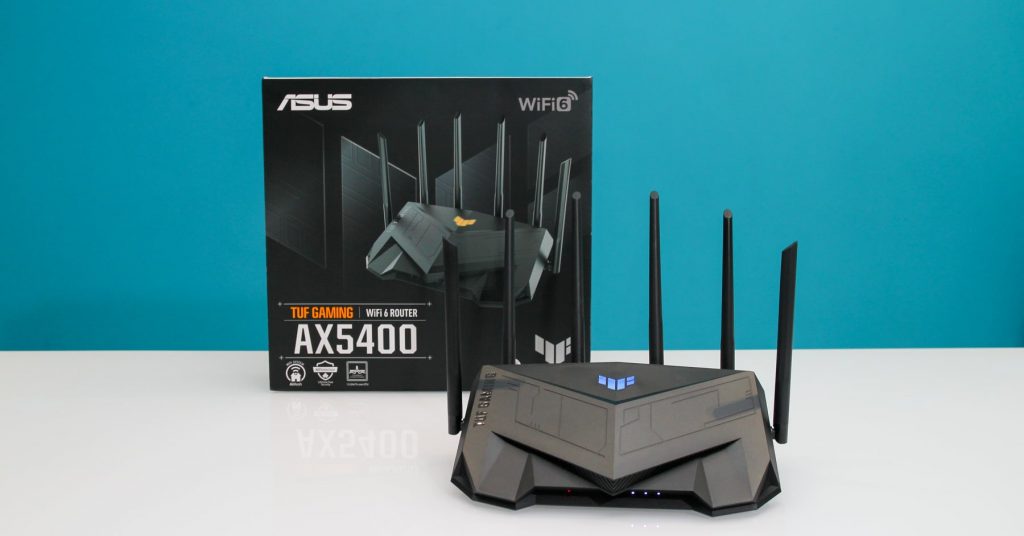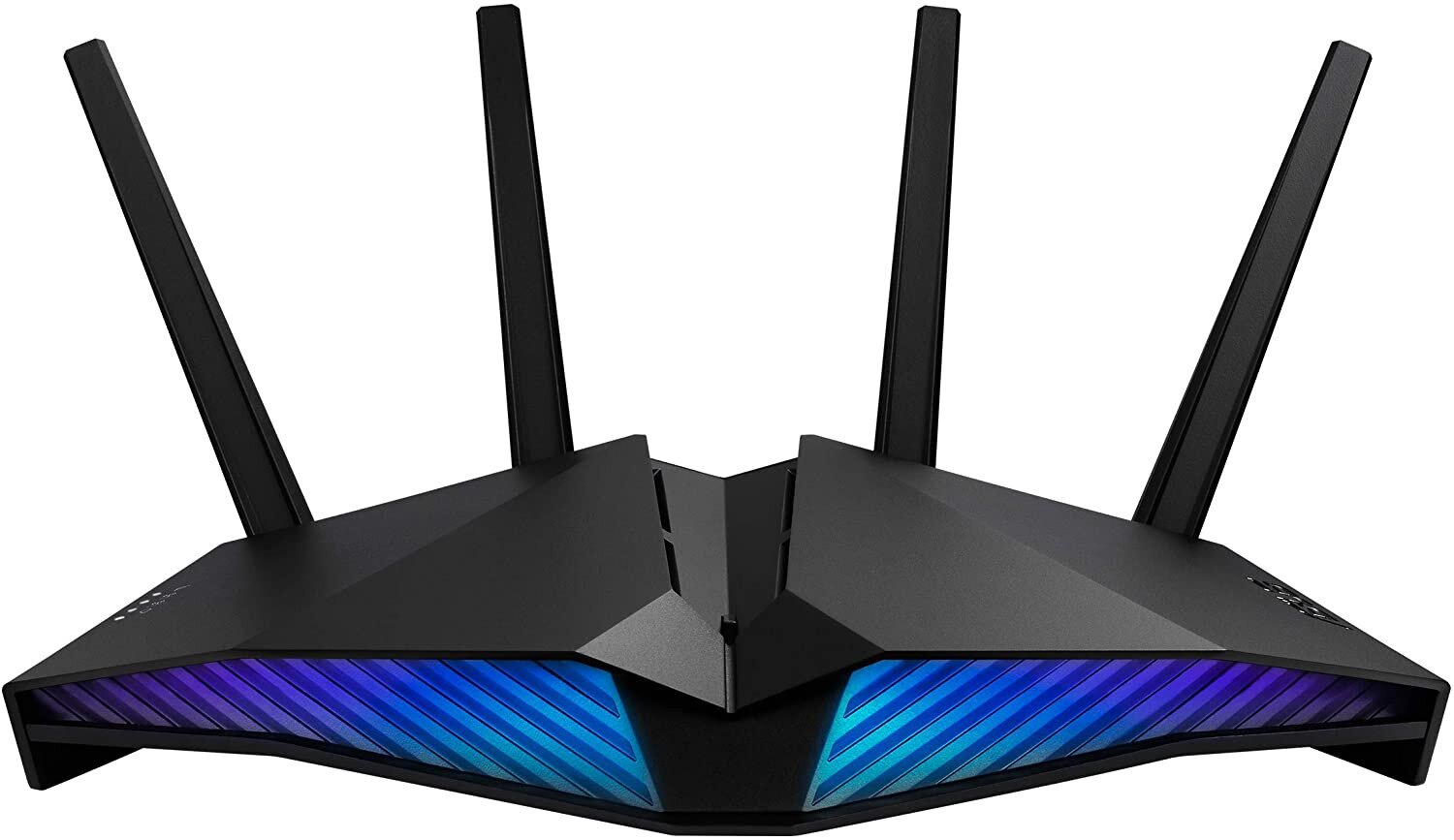

This speed should be more than enough for a small family with support for dozens of connections at once. Under the hood on this router, you get a dual-band AX5400 connection which breaks down to 4804Mbps at 5GHz and 574Mbps at 2.4GHz.
#Asus router review android#
However, as a mesh extender or for less congested households, this router is very fast.(Image credit: Samuel Contreras / Android Central) It’s likely to top out a bit faster than a router with more channels and bands, particularly in homes with a large number of devices. Overall, this router is very fast for the price. I measured throughputs of 107.58Mbit/s at close range, which is fast at 5m speeds dropped to 52.44Mbit/s at 10m speeds of 31.35Mbit/s are fine for basic uses. Image Credit (Trusted Reviews)Ģ.4GHz performance is a little slower, but that’s to be expected given how congested this networking band is. Moving to 5m away on the first floor of my house, speeds dipped, but 469.75Mbit/s is good on the second floor, 10m away from the router, speeds of 457.06Mbit/s are fantastic. At close range, throughputs of 633.68Mbit/s were close to that of the Asus ROG Rapture GT-AXE1600. I started off by testing the Asus RT-AX59U Extendable Router’s 5GHz performance. Indeed, I found that this happened in my home, and I could only connect at 80MHz. The router supports 160MHz wide channels on the 5GHz band, although these are limited and interference can force the router to drop down to 80MHz channels. The Asus RT-AX59U supports Wi-Fi 6, running a 2×2 2.4GHz network at speeds of up to 574Mbit/s and a 3×3 5GHz network, running at speeds of up to 3603Mbit/s.
#Asus router review full#
The router also has built-in parental controls, too, giving full control over profiles in your house, letting you control who can use the internet when. However, the network can also be split into 2.4GHz and 5GHz networks, which can be a good choice if you want to choose where devices will connect. The default option is to combine the 2.4GHz and 5GHz bands together under one network name, letting the router guide devices as they connect. Once the router was found, the app took me through configuring the wireless networks. I prefer the latter, as it makes life slightly easier, and I find that it makes it quicker to install, too. Setup can be performed using the web interface or Asus Router app. It’s nice to see a router with this option, as wall mounting makes it more likely that the Asus RT-AX59U can be placed in its ideal location. Instead, the stand can be removed, and clipped onto the back, acting as a wall mount. These can be used for sharing printers or storage, if needed.Īlthough the Asus RT-AX59U doesn’t take up much room on a desk, this router is not limited to desktop position. There are two USB ports at the rear, too. True, this should be enough for most people, but if you have more wired devices, you’ll want to buy a separate switch. At the back there are just three Gigabit Ethernet ports and one Gigabit Ethernet WAN port.
#Asus router review upgrade#
It’s nice to have these options, as you can start with a simple router and then can add range with a simple upgrade later on.Īs the Asus RT-AX59U is such a small product, it has less in the way of ports than many regular routers. You can either pair this with another AiMesh router, or extend this router’s coverage with another AiMesh device. Not only that, but as its ‘Extendable Router’ moniker suggests, this is a router that can take part in a mesh system. In fact, externally it looks similar to the Netgear EAX80 extender, although the main difference is that the Asus RT-AX59U is a full router.

Tall and thin, the Asus RT-AX59U bucks the trend of increasingly large routers.

Not so with the Asus RT-AX59U Extendable Router, which is smaller than most rivals and can even be wall mounted thanks to its clever stand. If there’s one issue with Wi-Fi routers and mesh systems, it’s that they’re often big, ugly and hard to place.


 0 kommentar(er)
0 kommentar(er)
